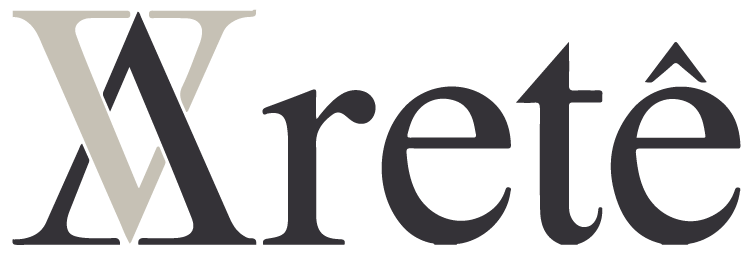How To Compliment Your Face Shape & Facial Features With Your Hairstyle
When it comes to choosing a new hairstyle, the main things worth considering are: the current length of your hair, the density and texture, and also the growth patterns i.e. cows licks and nape whorls etc. Something that can often be overlooked, and this is probably down to the lack of decent information out there, is face shapes. This is certainly one of the most important factors in hairstyle suitability – but in our experience not something people have any consideration for. Below we’ve given a practical explanation of how your hairstyle can compliment your face shape and features.
The shape of your face is primarily caused by the bone structure of your skull. Depending on how much extra weight you’re carrying, changing the way your actual face structure looks is as close to impossible as makes no difference. Of course, we can always gain or lose weight (let’s assume cosmetic surgery is off the table) but overall we’re playing the genetic hand we were dealt. So the magic of a hairstyle’s flattery becomes the weapon of choice to enhance or soften our features.
Typically you will fall into one of or a combination of these categories: Square, Round, Diamond, Oval, Triangle or Oblong. It’s useful to have a rough idea of how face shapes can be categorized, but doesn’t always get you closer to a full understanding of how it affects your hairstyle choices. I think one of the reasons people seem to lack an understanding of bone structure is because most of the information I’ve found on the internet is full of hairdresser jargon and too many useless details. You come out the other side of an article having discovered answers to problems you didn’t know you had; and still no idea how to choose a hairstyle.
Our goal was to make this practical, so I’m going to give it to you straight. No jargon, no hairdresser terminology and no drowning in details or a sea of useless information. Wide faces need lengthening and long faces need widening… That’s it, as simple as that. For example, if you have a wide jaw and narrow forehead, cut the hair short through the lowest portion of the sides leaving plenty of length in the temple area and push the hair away from the face on top. The aim is always to create balance. Symmetry is what makes us attractive, and by balancing out our features with a haircut we gain the power to manipulate the symmetry of our appearance.
As well as bone structure, the next thing to consider when getting a haircut are your facial features. These include your ears, nose, lips and hairline. If any of these areas are a concern to you don’t fear as your hair can be used as a tool to enhance or distract the eye away from these features.
Ears
Big ears can be an unfortunate feature for some people. What we would suggest is to ask your barber to leave length around the perimeter of the hairline so the hair sits just on top of the ear as opposed to being tight against the skin. Gary Lineker is a prime example. His hair still has short sides however the hair just covers the top of the ear which distracts the eye away from the excess protrusion.
Lips
Large lips are often considered to be a beautiful feature for many people – however if lips size and protrusion is a little on the large side a fringe is an ideal distraction away from this area. Avoid scraping back your hair as it can draw attention on to the mouth area. Mick Jagger is the perfect example of how to wear a fringed haircut to distract
away from the large lip area.
Nose
Big noses should equal big soft hair. Think a layered haircut with maybe a few soft hairs falling onto the face. Blow dry some height into the top of the hair. To draw the eye upwards away from the nose. The bigger the hair the smaller the nose will appear. Adrian brody in King Kong would be a fine example of how to wear your hair if you have a larger nose.
Hairlines
If your front hairline has a prominent recession area there are a couple of options to consider. The first most obvious option if the front hairline is receding badly is to take the hair almost to finger length on top. This option doesn’t make it look like you’re trying too hard to hide the hairline and prepares you for what could be an inevitable shaved head. Tom Ford is a great example of this look.
The second option if the front hairline is not receding too bad but you feel gives you too much of a large forehead is to leave length on top to pull forward and cover a small amount of the forehead. A great example of someone wearing this haircut would be Hugh Laurie in the TV series House.
So there you have it, as promised, practical and easily applicable knowledge for understanding your face shape and facial features. Wide faces need lengthening with a hairstyle and long faces need widening. Attention can be drawn away from features using a hairstyle or towards them. As always a good stylist will arm you with this sort of wisdom but if for some reason it hasn’t come up, We’ve laid it out here for you.
Words by Josh O’Callaghan & Matt Dryden

